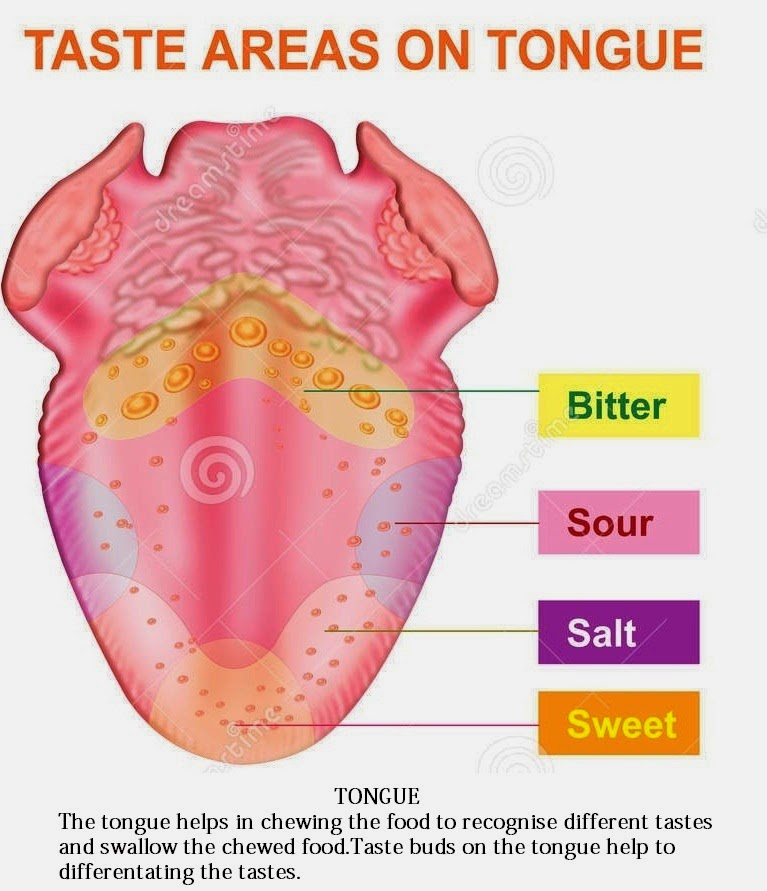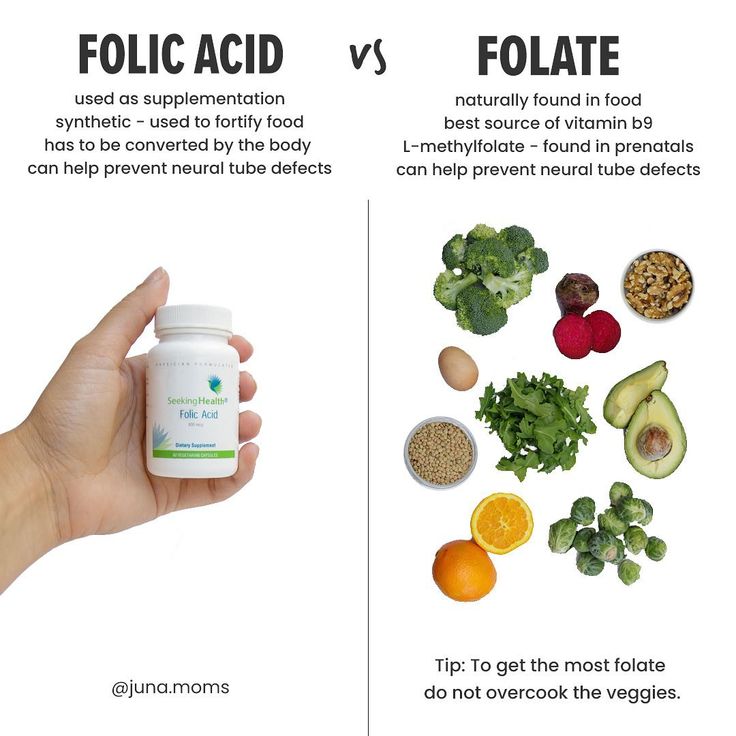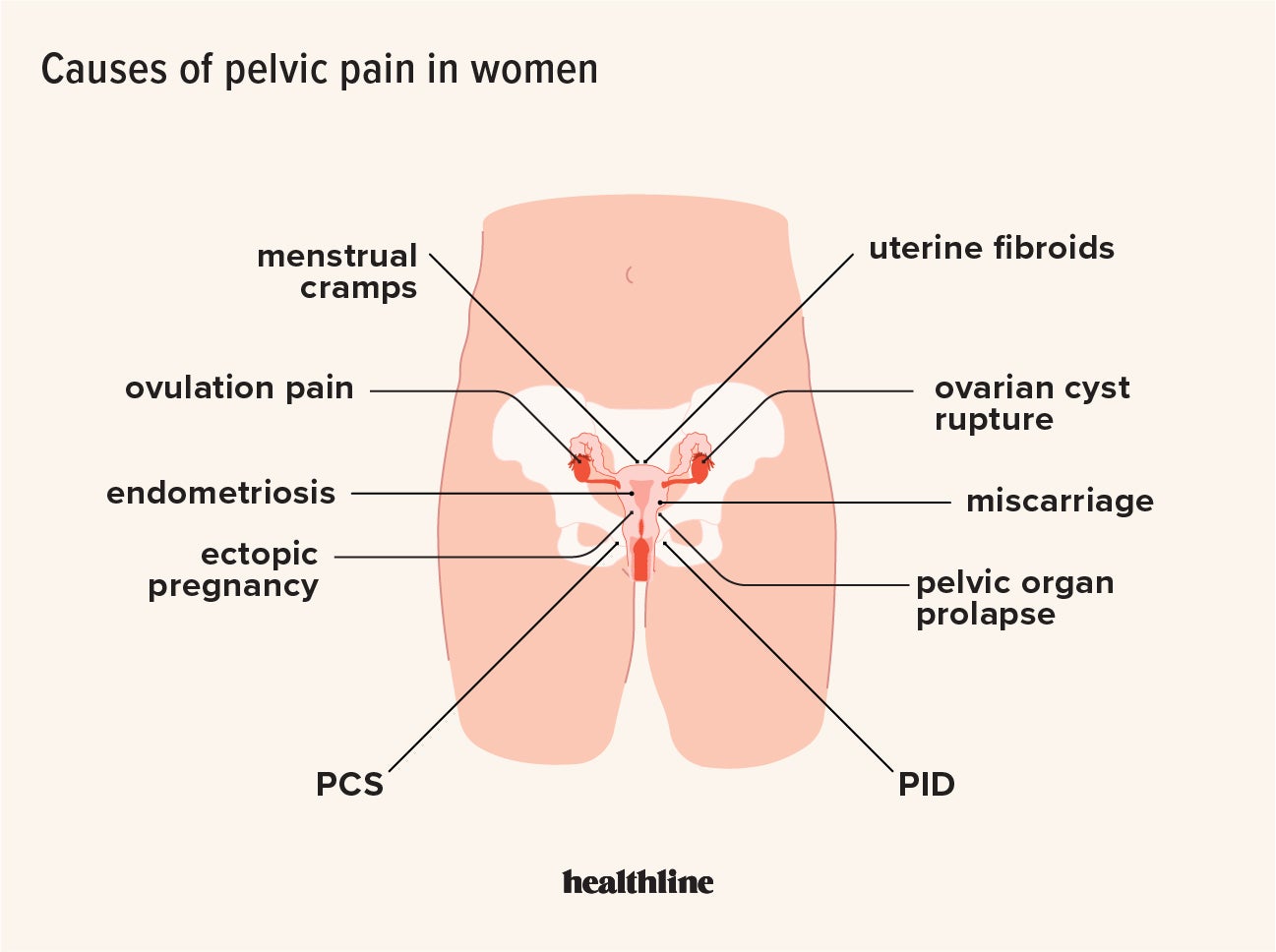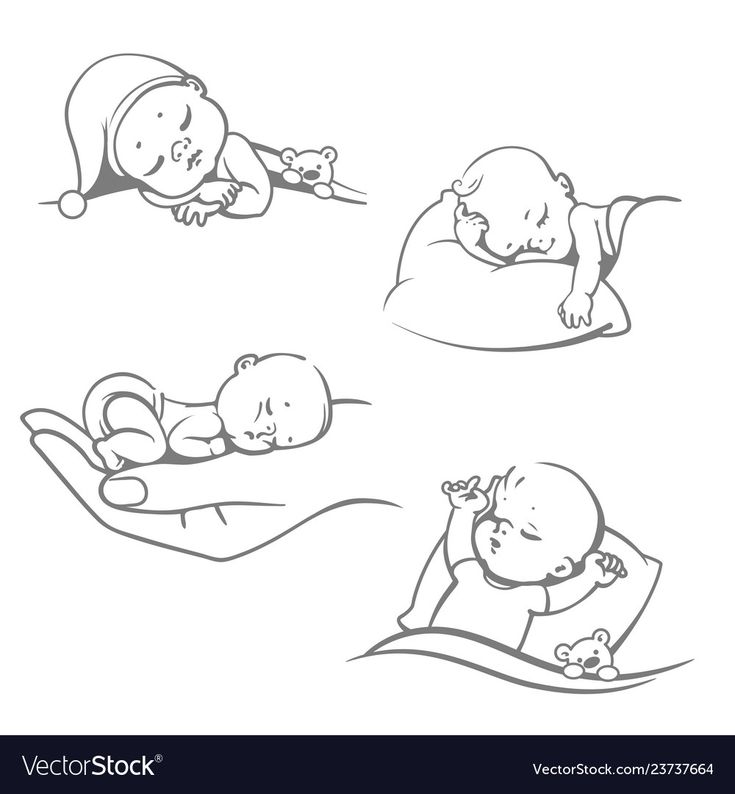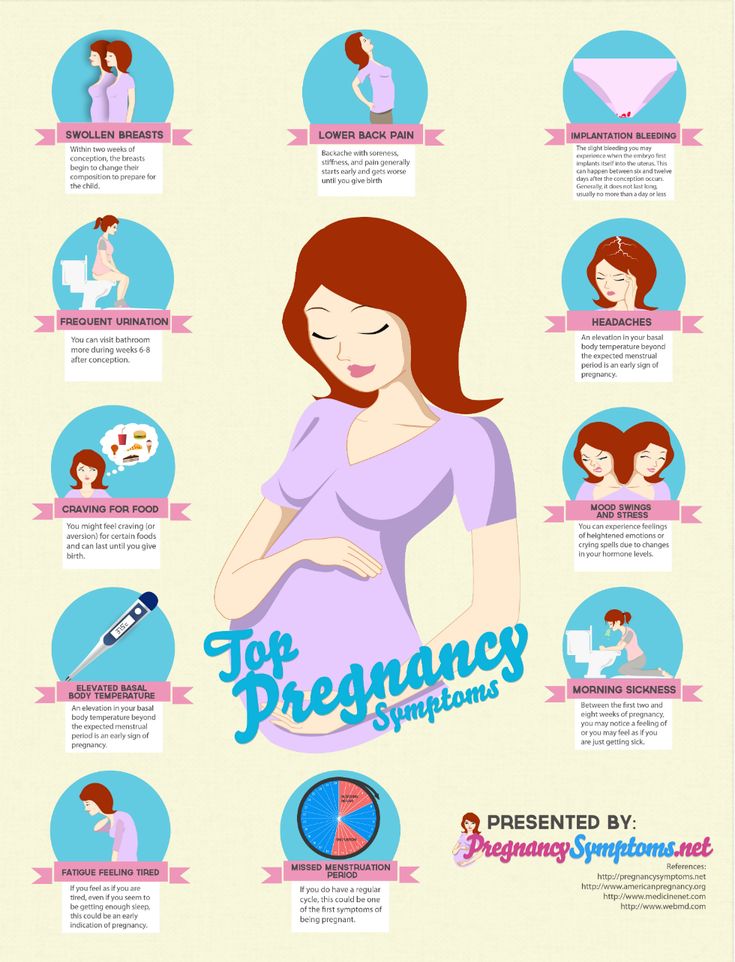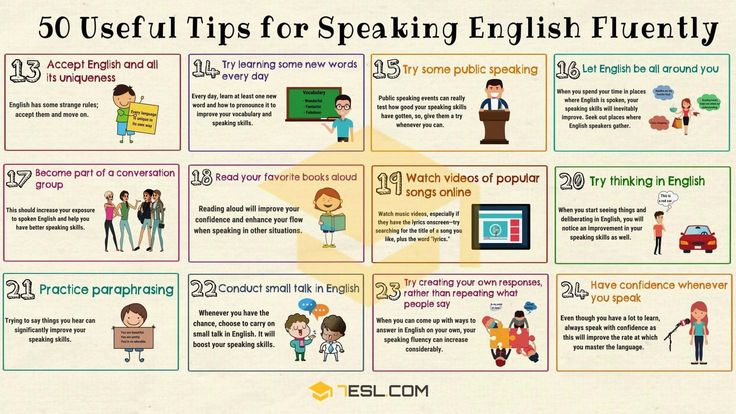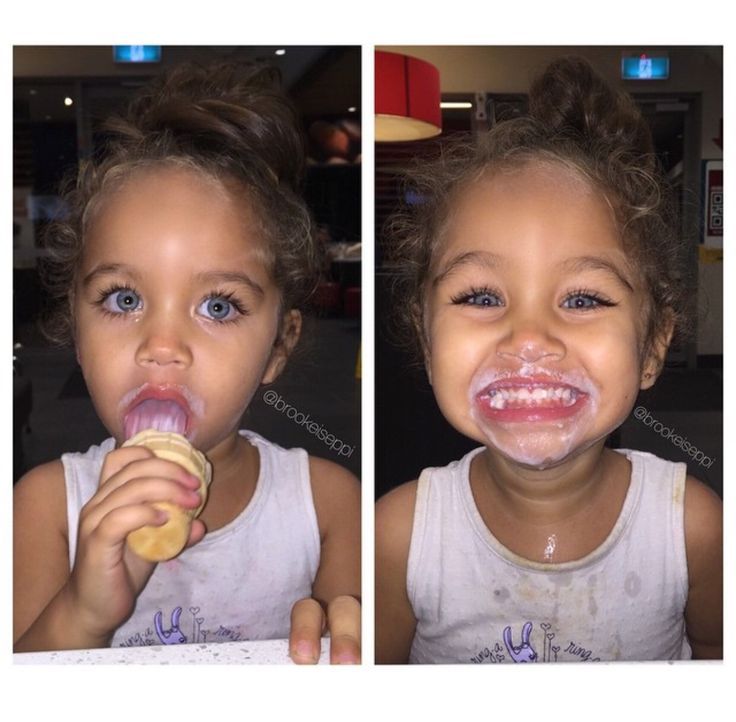My baby tongue is white
Thrush and Other Causes, Plus Treatment
The fragility of a newborn can be one of the most intimidating things in the world. And naturally, you’ll do everything in your power to protect this tiny human from anything that brings worry.
You ever-so-gently lay them down, support their head, dress them lightly, and check every square inch of their body for any unusual signs. And then you notice it: Instead of being perfectly pink, your baby’s tongue looks like it has a white coating on it.
This coating can seem to appear out of nowhere. But here’s the good news — a white tongue in babies isn’t unusual. It’s typically caused by either an overgrowth of yeast — very treatable — or by something as simple as milk residue.
Thrush is a yeast infection caused by an overgrowth of the fungus Candida — yes, the very same type that causes vaginal yeast infections and diaper rashes.
In the case of oral thrush, though, the infection forms on parts of the mouth involved in sucking. This includes your baby’s lips, tongue, and inner cheeks.
And though we know you put baby first, and you second, you should also know that thrush can spread to the object of your baby’s sucking if you’re breastfeeding: your nipples. Conversely, yeast on your nipples (that you may not even know you have) can contribute to thrush in your baby’s mouth.
The tell-tale signs and symptoms of thrush
Not every white tongue is caused by thrush. So here’s a good rule of thumb: If you’re able to wipe or brush off a white coating, thrush isn’t the culprit. Yeast hangs on for dear life.
Also, if your baby has thrush, it’s unlikely for the white to only appear on their tongue. If you open their mouth, you’ll see a cottage-cheese coating over other areas, too, like inside their cheeks.
If you notice these symptoms, don’t panic. But thrush isn’t something to ignore, even if it’s mild and doesn’t seem to cause any problems. There’s always the chance of the infection getting worse, and if it does, your baby may have pain or discomfort that makes it harder for them to feed or latch onto your breast — and if baby’s not happy, no one’s happy.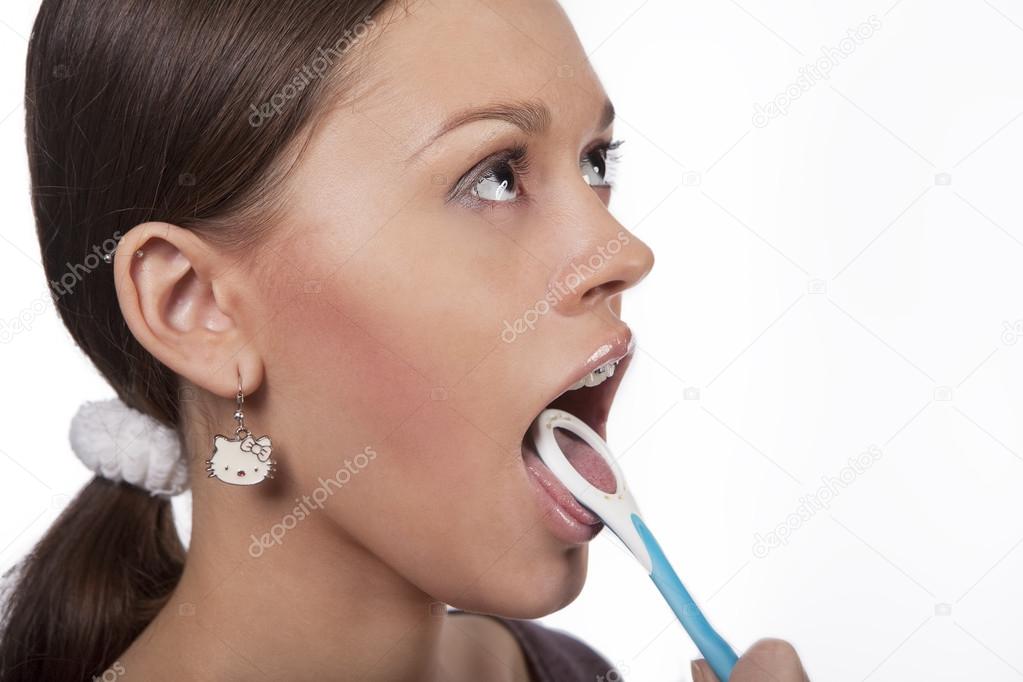
Causes of thrush
You might wonder why many babies get oral thrush while it’s rarely a problem for adults. The answer is simple: A baby’s young immune system isn’t always strong enough to fight off germs and infections. And because of their weaker immune system, it’s much easier for yeast to grow on some parts of their little body.
But a weak immune system isn’t the only culprit. If your baby takes an antibiotic to treat another infection — say, one of those pesky ear infections — this drug can kill off good bacteria, also encouraging the growth of yeast.
Treatment for thrush
Hearing that your baby has any type of infection can cause a range of emotions. But there’s no need to worry with this one — thrush is very common and easily treatable.
Your baby’s doctor will likely prescribe a liquid antifungal that you’ll apply directly to white patches. For the medicine to work, you’ll want it to sit on their tongue or inside their mouth for as long as possible.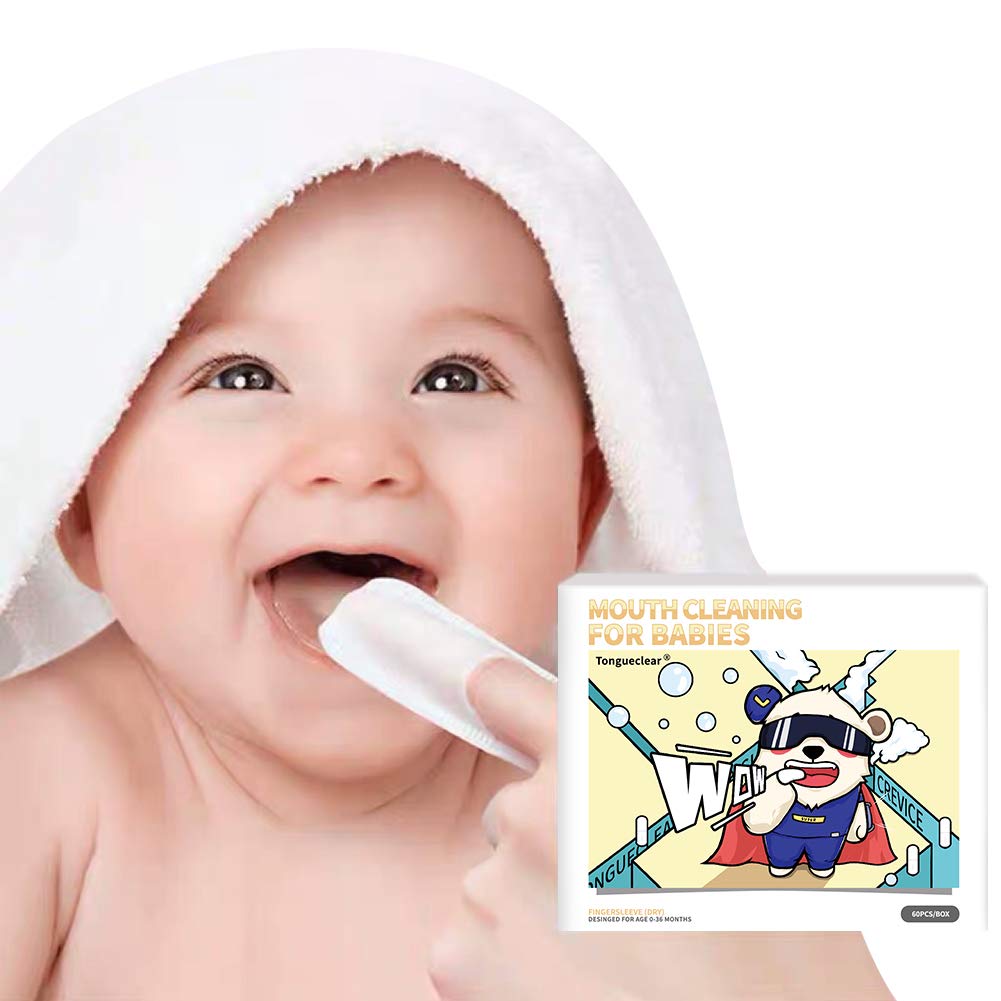 So give your baby treatments at least 30 minutes before feedings.
So give your baby treatments at least 30 minutes before feedings.
Once the medicine is in their system, you can expect the infection to clear in a few days.
Additional considerations if you’re breastfeeding
To be clear, thrush happens in babies who are bottle-fed and breastfed. If you breastfeed, though, know that it’s possible for you and your baby to spread yeast to each other.
This might be a lesser known problem, but it does happen and it’s called nipple thrush. Signs include:
- sore, painful nipples after pain-free breastfeeding
- cracked, itchy, or blistered nipples
- achy breasts after feedings
If you also have thrush, it isn’t enough to treat your baby. Sure, medicine will clear their infection. But if you don’t clear your own infection, you’ll continue to spread thrush back and forth. There are a lot of things you and baby will share over a lifetime — this shouldn’t be one of them.
Applying a topical antifungal cream — available over the- counter in the form of yeast infection creams and others — on and around your nipples after each feeding is usually enough to kill the fungus.
It’s possible that you might need a prescription antifungal for a particularly stubborn infection. Since yeast likes warm, moist areas, let the skin of your breasts air dry as much as possible before putting your bra back on.
Don’t forget to wash off any leftover residue of the cream before nursing. Your symptoms will also clear up in a few days.
It’s completely normal to worry about your baby. And, honestly, you should never let anyone tell you that your worries are foolish. If you see a white coating on your baby’s tongue, you might immediately think it’s thrush and call the pediatrician — and there’s nothing wrong with that.
But there’s also a chance that what you believe to be yeast is only milk residue.
Distinguishing between the two can be tricky, as they have similar appearances. One of the easiest ways to tell the difference is to try and wipe off the residue with a warm, damp cloth.
If the residue comes off or becomes less noticeable, you’re dealing with milk residue and not thrush.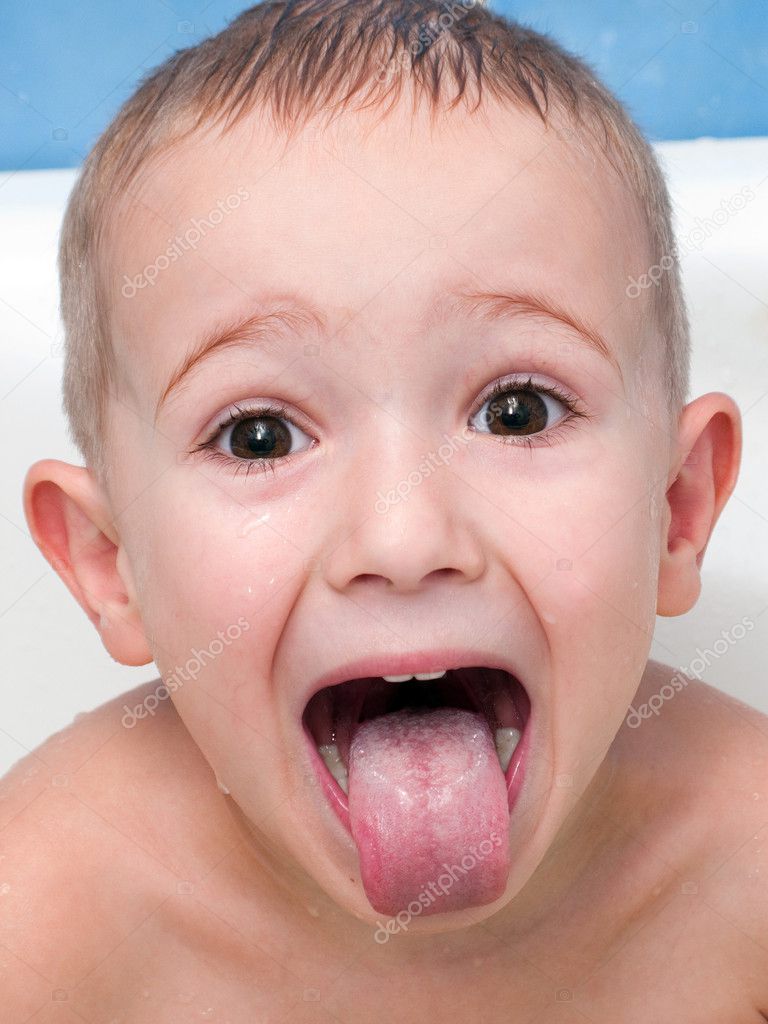 Keep in mind that milk residue is more noticeable after feedings and only appears on the tongue.
Keep in mind that milk residue is more noticeable after feedings and only appears on the tongue.
What causes this buildup of milk? Simply put, a lack of saliva.
A newborn’s mouth is different from an adult’s mouth in that babies don’t produce a lot of saliva during the first few months after birth. (That is, until they are about 4 months. Then it’s time for a months-long vacay in droolville.) The less saliva, the harder it is for their mouths to wash away milk.
Milk residue may be more likely to occur if your baby has tongue tie, a condition that restricts movement of their tongue. Your baby’s tongue might be unable to touch the roof of their mouth, in which case the lack of friction causes a buildup of milk residue.
This can also happen if your baby has a high palate, and their tongue can’t reach the roof of their mouth.
Regardless of cause, though, milk residue isn’t permanent, nor a reason for concern. A white tongue goes away once your baby’s mouth produces more saliva, or when they start to eat solid foods.
In the meantime, you can consider gently wipe off the residue using a soft, damp cloth after feedings, though this may not be necessary.
Just because thrush is common in babies doesn’t mean you should ignore the problem. Untreated thrush can cause pain and discomfort, and if so, you’ll have a fussy baby on your hands.
See a doctor if your baby develops any creamy, white lesions in their mouth, especially if you can’t remove the whiteness with a damp cloth. It’s likely thrush, but a pediatrician can run tests if they suspect something else.
If your baby has thrush, see your own doctor if your nipples or breasts become sore. It’s important that you’re treated at the same time to stop the spread of the infection.
Gently wiping or brushing your baby’s tongue after each feeding can help prevent a white tongue caused by milk.
As far as thrush goes, your best weapon is to sterilize all equipment used for feedings. This includes bottles, nipples, and your breast pump.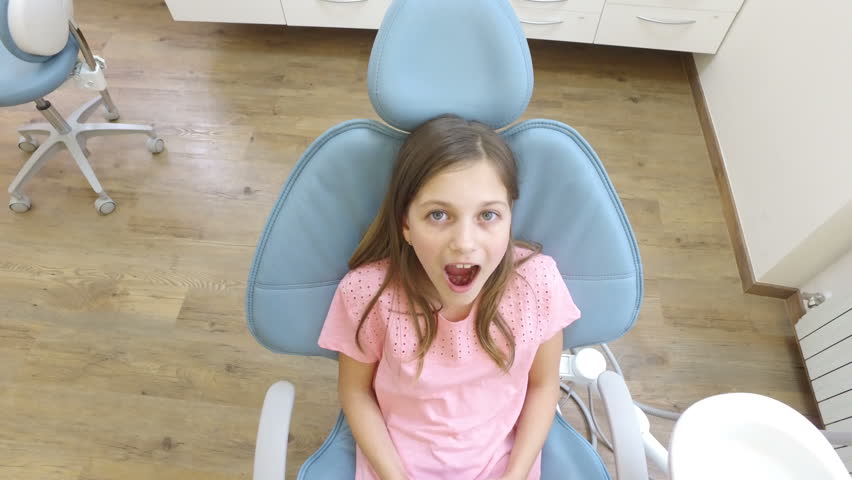 You can take it a step further and sterilize pacifiers and any toys your baby puts in their mouth.
You can take it a step further and sterilize pacifiers and any toys your baby puts in their mouth.
If you have thrush on your nipples, prevent recurrent infections by frequently changing your breast pads, and washing your breastfeeding bras in hot water.
Also, if you express or freeze your breast milk with thrush, consider giving this milk to your baby while you’re both being treated. If you give this milk to your baby after the infection clears, there could be a greater chance that the thrush could return.
If you see a white coating on your baby’s tongue, know that it happens and it’s not because you’re doing something wrong. It could be thrush, or it may be something as simple as milk residue.
In the event of thrush, these yeast infections are easily treatable, so see your pediatrician. Your sweet baby will be sticking their perfectly pink tongue out at you before you know it!
Thrush and Other Causes, Plus Treatment
The fragility of a newborn can be one of the most intimidating things in the world.:max_bytes(150000):strip_icc()/what-to-do-when-you-bite-your-lip-or-tongue-1059311_final-17c1cd0bb51b40d8bd5dd829751b6bdd.png) And naturally, you’ll do everything in your power to protect this tiny human from anything that brings worry.
And naturally, you’ll do everything in your power to protect this tiny human from anything that brings worry.
You ever-so-gently lay them down, support their head, dress them lightly, and check every square inch of their body for any unusual signs. And then you notice it: Instead of being perfectly pink, your baby’s tongue looks like it has a white coating on it.
This coating can seem to appear out of nowhere. But here’s the good news — a white tongue in babies isn’t unusual. It’s typically caused by either an overgrowth of yeast — very treatable — or by something as simple as milk residue.
Thrush is a yeast infection caused by an overgrowth of the fungus Candida — yes, the very same type that causes vaginal yeast infections and diaper rashes.
In the case of oral thrush, though, the infection forms on parts of the mouth involved in sucking. This includes your baby’s lips, tongue, and inner cheeks.
And though we know you put baby first, and you second, you should also know that thrush can spread to the object of your baby’s sucking if you’re breastfeeding: your nipples.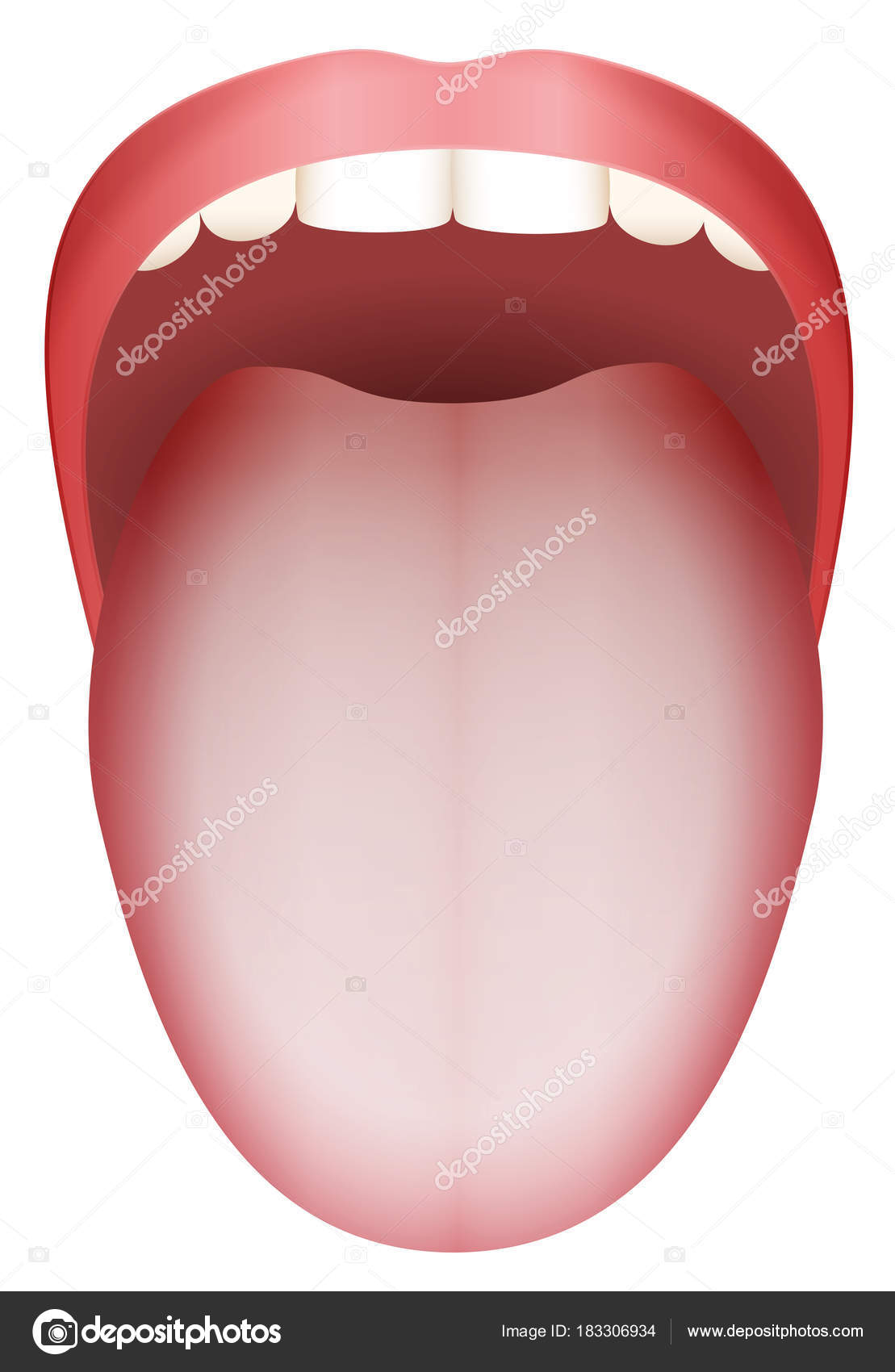 Conversely, yeast on your nipples (that you may not even know you have) can contribute to thrush in your baby’s mouth.
Conversely, yeast on your nipples (that you may not even know you have) can contribute to thrush in your baby’s mouth.
The tell-tale signs and symptoms of thrush
Not every white tongue is caused by thrush. So here’s a good rule of thumb: If you’re able to wipe or brush off a white coating, thrush isn’t the culprit. Yeast hangs on for dear life.
Also, if your baby has thrush, it’s unlikely for the white to only appear on their tongue. If you open their mouth, you’ll see a cottage-cheese coating over other areas, too, like inside their cheeks.
If you notice these symptoms, don’t panic. But thrush isn’t something to ignore, even if it’s mild and doesn’t seem to cause any problems. There’s always the chance of the infection getting worse, and if it does, your baby may have pain or discomfort that makes it harder for them to feed or latch onto your breast — and if baby’s not happy, no one’s happy.
Causes of thrush
You might wonder why many babies get oral thrush while it’s rarely a problem for adults. The answer is simple: A baby’s young immune system isn’t always strong enough to fight off germs and infections. And because of their weaker immune system, it’s much easier for yeast to grow on some parts of their little body.
The answer is simple: A baby’s young immune system isn’t always strong enough to fight off germs and infections. And because of their weaker immune system, it’s much easier for yeast to grow on some parts of their little body.
But a weak immune system isn’t the only culprit. If your baby takes an antibiotic to treat another infection — say, one of those pesky ear infections — this drug can kill off good bacteria, also encouraging the growth of yeast.
Treatment for thrush
Hearing that your baby has any type of infection can cause a range of emotions. But there’s no need to worry with this one — thrush is very common and easily treatable.
Your baby’s doctor will likely prescribe a liquid antifungal that you’ll apply directly to white patches. For the medicine to work, you’ll want it to sit on their tongue or inside their mouth for as long as possible. So give your baby treatments at least 30 minutes before feedings.
Once the medicine is in their system, you can expect the infection to clear in a few days.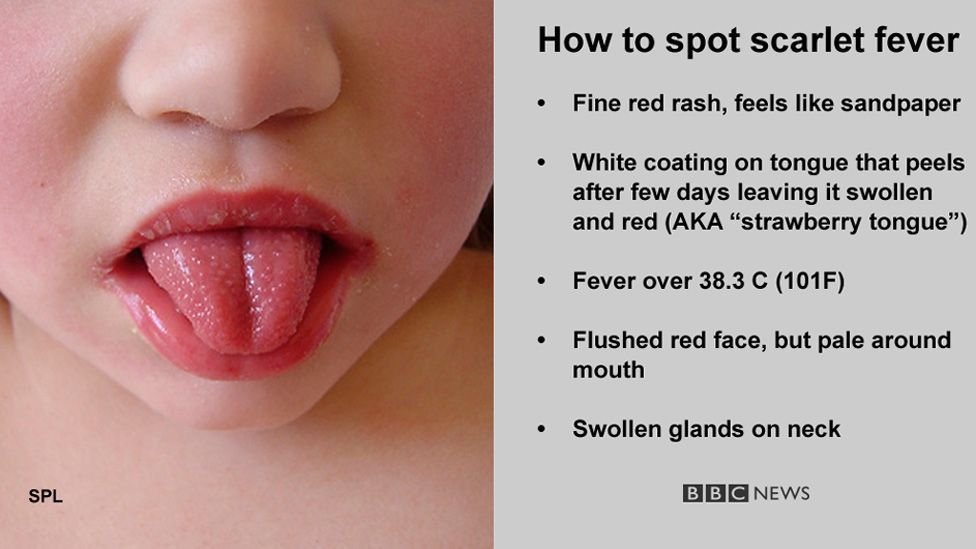
Additional considerations if you’re breastfeeding
To be clear, thrush happens in babies who are bottle-fed and breastfed. If you breastfeed, though, know that it’s possible for you and your baby to spread yeast to each other.
This might be a lesser known problem, but it does happen and it’s called nipple thrush. Signs include:
- sore, painful nipples after pain-free breastfeeding
- cracked, itchy, or blistered nipples
- achy breasts after feedings
If you also have thrush, it isn’t enough to treat your baby. Sure, medicine will clear their infection. But if you don’t clear your own infection, you’ll continue to spread thrush back and forth. There are a lot of things you and baby will share over a lifetime — this shouldn’t be one of them.
Applying a topical antifungal cream — available over the- counter in the form of yeast infection creams and others — on and around your nipples after each feeding is usually enough to kill the fungus.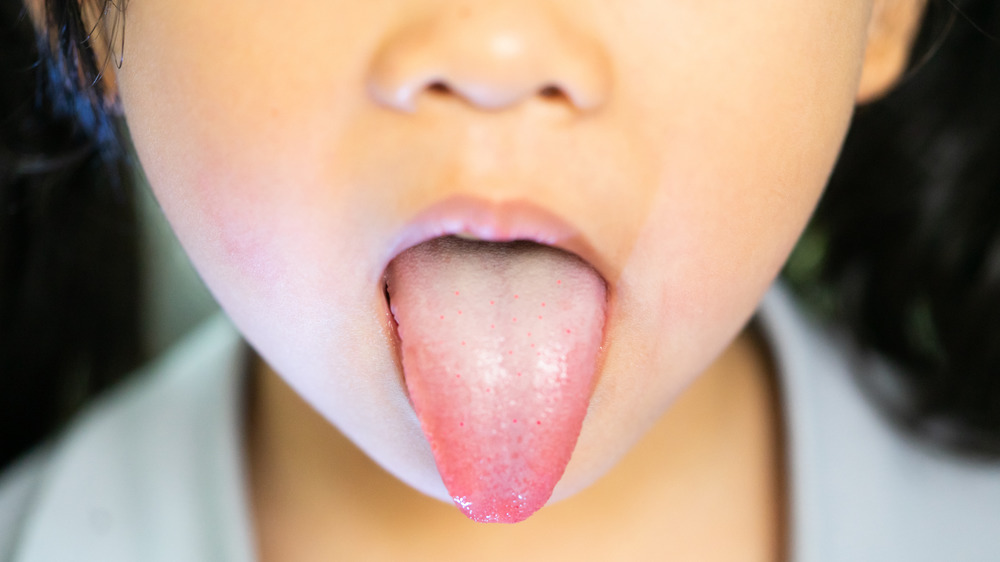
It’s possible that you might need a prescription antifungal for a particularly stubborn infection. Since yeast likes warm, moist areas, let the skin of your breasts air dry as much as possible before putting your bra back on.
Don’t forget to wash off any leftover residue of the cream before nursing. Your symptoms will also clear up in a few days.
It’s completely normal to worry about your baby. And, honestly, you should never let anyone tell you that your worries are foolish. If you see a white coating on your baby’s tongue, you might immediately think it’s thrush and call the pediatrician — and there’s nothing wrong with that.
But there’s also a chance that what you believe to be yeast is only milk residue.
Distinguishing between the two can be tricky, as they have similar appearances. One of the easiest ways to tell the difference is to try and wipe off the residue with a warm, damp cloth.
If the residue comes off or becomes less noticeable, you’re dealing with milk residue and not thrush.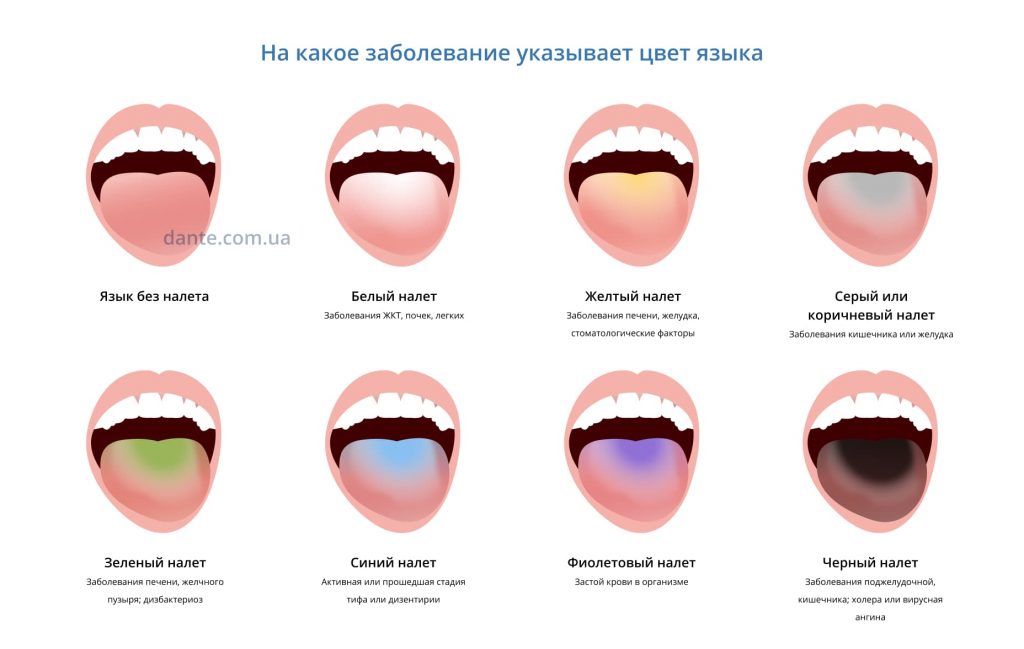 Keep in mind that milk residue is more noticeable after feedings and only appears on the tongue.
Keep in mind that milk residue is more noticeable after feedings and only appears on the tongue.
What causes this buildup of milk? Simply put, a lack of saliva.
A newborn’s mouth is different from an adult’s mouth in that babies don’t produce a lot of saliva during the first few months after birth. (That is, until they are about 4 months. Then it’s time for a months-long vacay in droolville.) The less saliva, the harder it is for their mouths to wash away milk.
Milk residue may be more likely to occur if your baby has tongue tie, a condition that restricts movement of their tongue. Your baby’s tongue might be unable to touch the roof of their mouth, in which case the lack of friction causes a buildup of milk residue.
This can also happen if your baby has a high palate, and their tongue can’t reach the roof of their mouth.
Regardless of cause, though, milk residue isn’t permanent, nor a reason for concern. A white tongue goes away once your baby’s mouth produces more saliva, or when they start to eat solid foods.
In the meantime, you can consider gently wipe off the residue using a soft, damp cloth after feedings, though this may not be necessary.
Just because thrush is common in babies doesn’t mean you should ignore the problem. Untreated thrush can cause pain and discomfort, and if so, you’ll have a fussy baby on your hands.
See a doctor if your baby develops any creamy, white lesions in their mouth, especially if you can’t remove the whiteness with a damp cloth. It’s likely thrush, but a pediatrician can run tests if they suspect something else.
If your baby has thrush, see your own doctor if your nipples or breasts become sore. It’s important that you’re treated at the same time to stop the spread of the infection.
Gently wiping or brushing your baby’s tongue after each feeding can help prevent a white tongue caused by milk.
As far as thrush goes, your best weapon is to sterilize all equipment used for feedings. This includes bottles, nipples, and your breast pump. You can take it a step further and sterilize pacifiers and any toys your baby puts in their mouth.
You can take it a step further and sterilize pacifiers and any toys your baby puts in their mouth.
If you have thrush on your nipples, prevent recurrent infections by frequently changing your breast pads, and washing your breastfeeding bras in hot water.
Also, if you express or freeze your breast milk with thrush, consider giving this milk to your baby while you’re both being treated. If you give this milk to your baby after the infection clears, there could be a greater chance that the thrush could return.
If you see a white coating on your baby’s tongue, know that it happens and it’s not because you’re doing something wrong. It could be thrush, or it may be something as simple as milk residue.
In the event of thrush, these yeast infections are easily treatable, so see your pediatrician. Your sweet baby will be sticking their perfectly pink tongue out at you before you know it!
The child has a white coating on the tongue. What is the reason and what to do
When it comes to health, the child cannot always explain what is bothering him.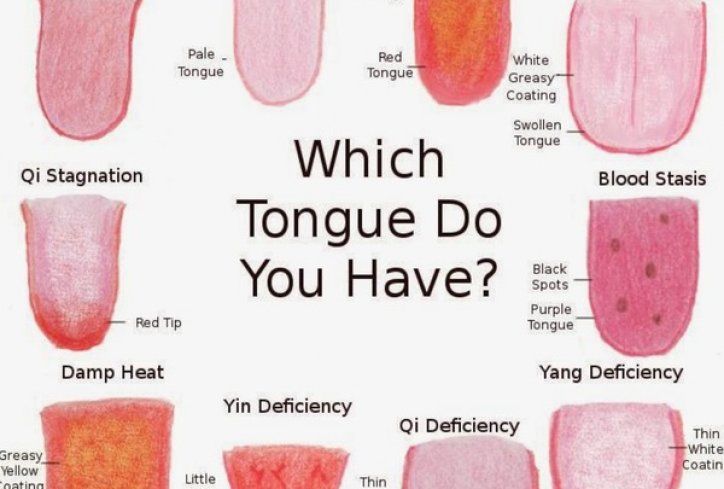 And sometimes the child doesn’t worry about anything at all, but the parents, on the contrary. What can a white coating on the tongue mean? DocDeti pediatrician Sofya Kichaeva answers.
And sometimes the child doesn’t worry about anything at all, but the parents, on the contrary. What can a white coating on the tongue mean? DocDeti pediatrician Sofya Kichaeva answers.
Question. My child has a white coating on his tongue. Why could this happen, is it dangerous and which specialist should I contact?
Answer. White plaque on the child's tongue appears as a result of the vital activity of bacteria that live in the oral cavity, as well as due to the accumulation of food particles.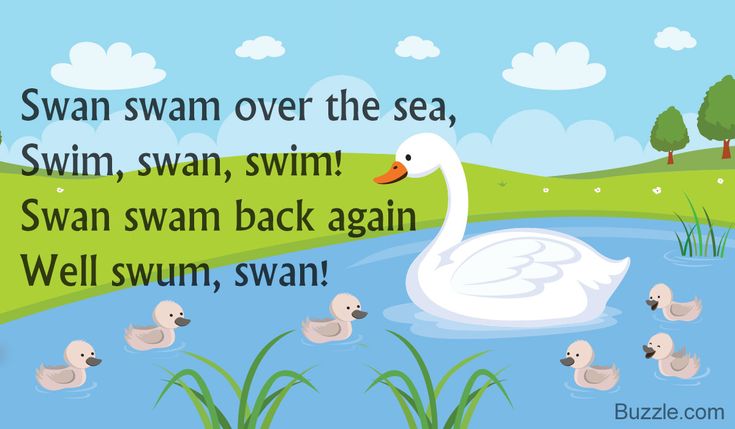 Also, dead cells of the oral mucosa can accumulate on the surface of the tongue. Together, this leads to the formation of a white film.
Also, dead cells of the oral mucosa can accumulate on the surface of the tongue. Together, this leads to the formation of a white film.
Most often this is due to poor oral hygiene, long-term use of drugs (for example, antibiotics), viral infections, constant breathing through the mouth.
There are more rare causes of white plaque: immunodeficiency disorders (HIV), certain diseases of the oral cavity, and burns of the oral mucosa (for example, with hot liquid).
By itself, white plaque without other symptoms or complaints is not dangerous
Sometimes it passes on its own, it does not require examinations and specific treatment.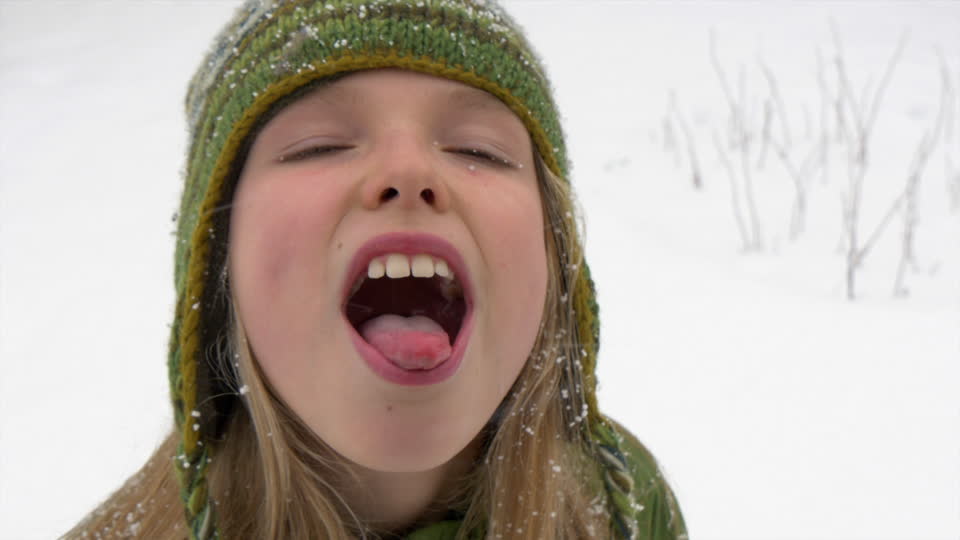 But it’s still worth keeping an eye on oral hygiene: brush your teeth regularly, starting from the very first appearance, use a toothbrush and paste from about two years old. Older children can use dental floss to clean the interdental spaces. There is also a special tongue scraper. It is necessary to undergo preventive examinations of the dentist at least once a year.
But it’s still worth keeping an eye on oral hygiene: brush your teeth regularly, starting from the very first appearance, use a toothbrush and paste from about two years old. Older children can use dental floss to clean the interdental spaces. There is also a special tongue scraper. It is necessary to undergo preventive examinations of the dentist at least once a year.
In addition, it is important to observe the drinking regimen, eat properly and balanced. Children should include more fresh vegetables and fruits in their diet.
It happens that plaque is accompanied by other symptoms: pain when eating, when young children refuse to eat or even drink and cannot eat solid food. In such cases, the appearance of plaque in the oral cavity can be not only on the tongue, but also on the cheeks and lips.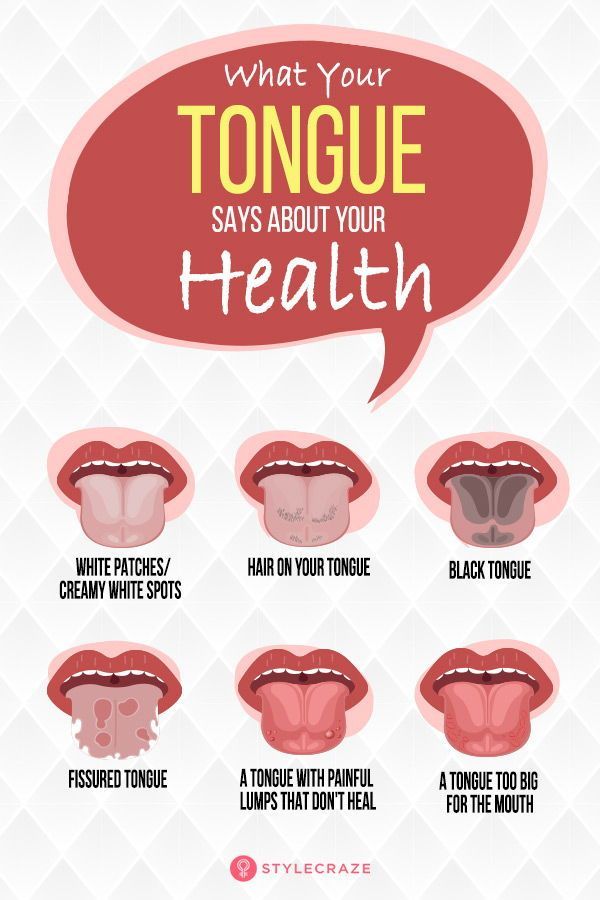 Most often, this situation occurs with viral infections: a white coating appears with a fever, and then disappears a few weeks after the illness.
Most often, this situation occurs with viral infections: a white coating appears with a fever, and then disappears a few weeks after the illness.
In any case, an examination by a pediatrician is necessary to make a diagnosis. It is necessary to assess the child's condition as a whole: is there a temperature, stool disorder, abdominal pain. Depending on the results of the conversation with the parents and examination of the child, the doctor will make a diagnosis, where a white coating on the tongue will be one of the symptoms of the disease, and prescribe treatment. It will act in combination on all symptoms, and as the child recovers, the white coating will also disappear.
Ask your question to Mel, and the editors will find someone who can answer it. Write to our social networks - we read all the messages on the pages in VKontakte and Odnoklassniki. Answers will be published in order of priority in the "Question - Answer" section. By the way, we do not disclose names, so questions can be anything (feel free!).
Write to our social networks - we read all the messages on the pages in VKontakte and Odnoklassniki. Answers will be published in order of priority in the "Question - Answer" section. By the way, we do not disclose names, so questions can be anything (feel free!).
Cover image: Margarita5533453 / shutterstock / fotodom
White coating on the child's tongue - causes and treatment signals violations in the work of organs. There are many microorganisms on the mucous membrane of the tongue, and when bacteria or fungi appear, dead cells get stuck between the papillae - this is how plaque appears.
Normal coating on the tongue
Coating on the tongue does not always indicate a violation, because in some cases it is considered the norm. First of all, the healthy color of the tongue is pale pink. In newborn babies, a uniform white coating may appear after feeding. Older children may have a thin white coating, but if you can see the color of the tongue through it, this is also considered the norm. Usually such plaque can be cleaned with a toothbrush and does not require treatment.
Usually such plaque can be cleaned with a toothbrush and does not require treatment.
Normal language:
- not enlarged, medium size;
- pale pink;
- is odourless;
- moisture and papillae moderately expressed;
- no cracks or wounds;
- has normal sensitivity.
Causes and treatment of white plaque on the tongue
White plaque that is not removed, tightly fits the tongue and has an unpleasant odor is not considered the norm, because such plaque is the result of the multiplication of bacteria and fungi.
Children often complain with him about:
- abdominal pain;
- bloating;
- change in appetite and stool.
These symptoms may indicate disorders in the digestive system. Accordingly, to solve the problem, it is necessary to consult a gastroenterologist, examine the digestive system and find the cause of the violation.
Often in newborns and children under one year of age, a white coating can cover not only the tongue, but also the lips and cheeks, which indicates thrush - an infection caused by Candida fungi.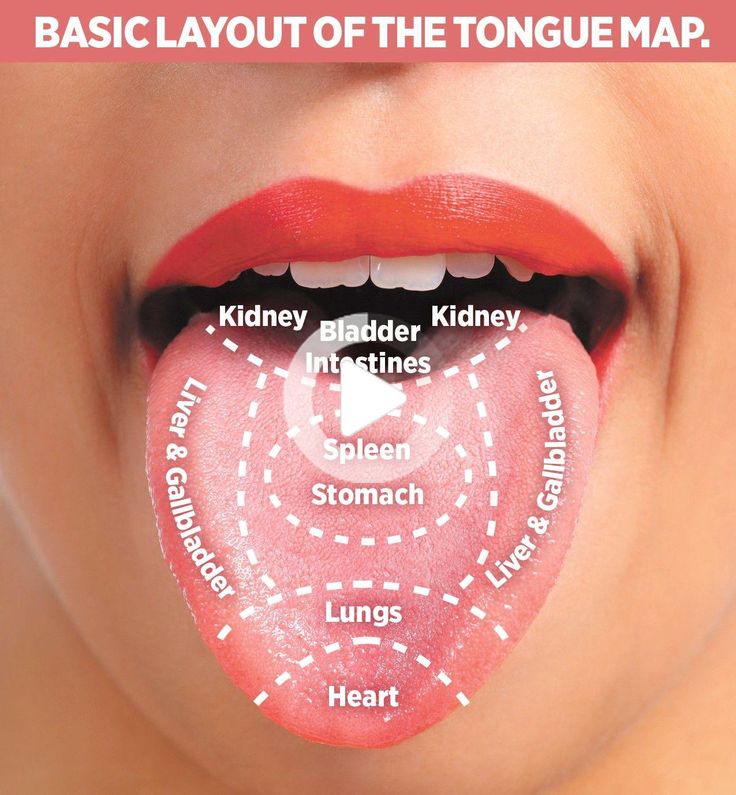 The reason for this raid is still fragile immunity. Soothers and bottles must be carefully sterilized to avoid disease. Sometimes thrush can also appear in older children - most often these are children with weakened immune systems and asthmatics.
The reason for this raid is still fragile immunity. Soothers and bottles must be carefully sterilized to avoid disease. Sometimes thrush can also appear in older children - most often these are children with weakened immune systems and asthmatics.
Treatment will be with antifungal medications to be prescribed by a pediatrician or neonatologist.
Other causes of plaque on the tongue include:
- dysbacteriosis;
- beriberi;
- infectious diseases;
- improper hygiene;
- effects of drugs;
- inflammatory processes and the like.
Tongue whitening prevention
White coating on the tongue can be prevented if:
- the room where the baby lives is clean, sterile, well ventilated and humidified;
- monitor your health and seek help if you have the slightest symptoms;
- do not self-medicate and do not give the child medicines that have not been prescribed by a doctor;
- limit the use of sweets that contain synthetic pigments and can affect the discoloration of the tongue.
